The illusion of ownership
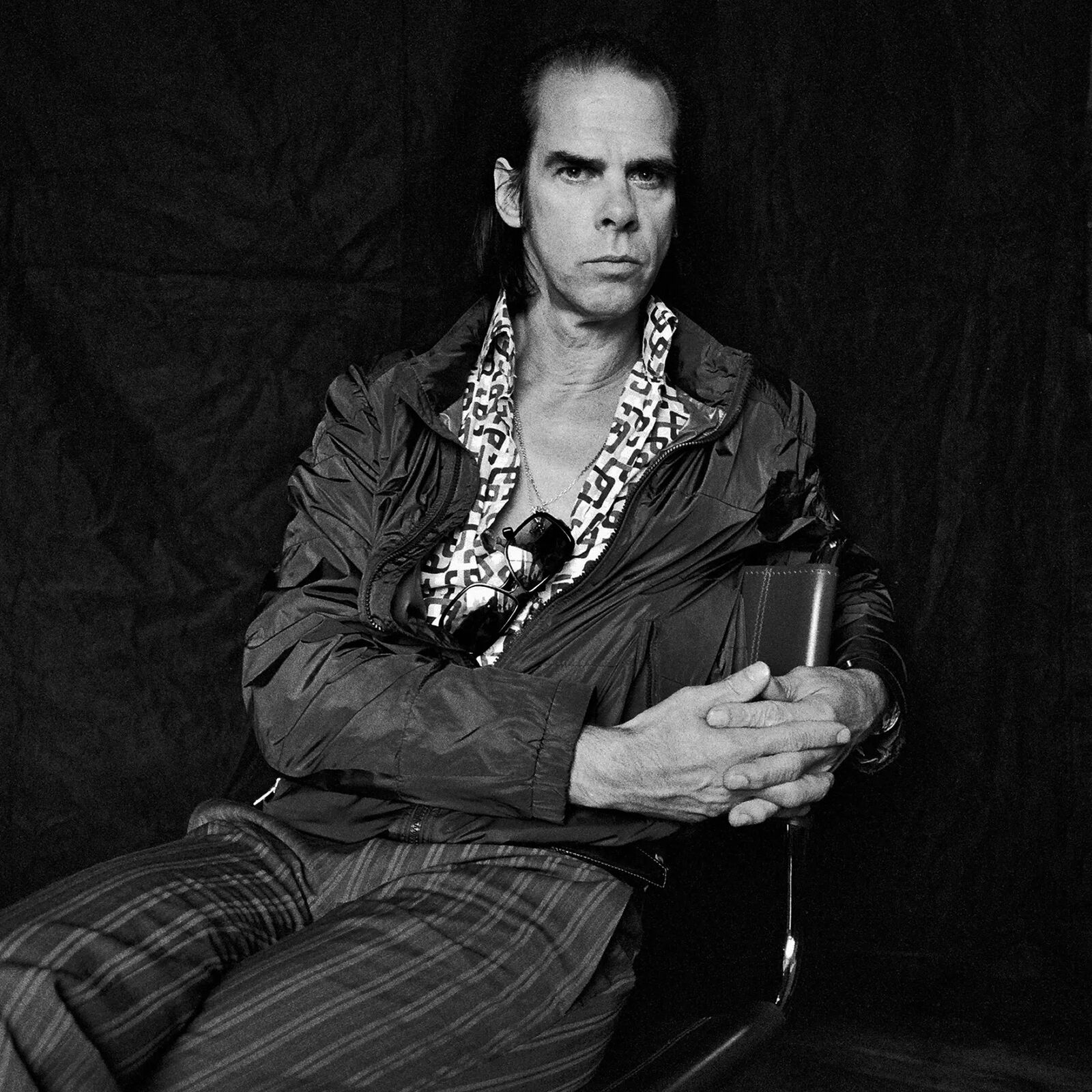
Hello friend,
We’ve just returned to the sweet air of Stockholm after a month in India, and it’s really quite weird. It feels as if a tiny blip of time passed, but the blip was full to bursting with information – like a packed train clattering past at full speed while you stand still on a platform. The world around us suddenly dazzling then suddenly still, just a few curls of petal and pollen left spiralling in the disturbed air.
In this space, while the Indian dust settles in our bones and we ease back into the rhythm of cities, coffee shops and conference calls, I’ve been reminded of ownership. After living in a (very fine) Himalayan mud house for two weeks, with the bugs and dogs and clouds drifting in and out through the windows and doors as if the walls were barely there at all, I felt a shift in my sense of boundary and proprietary. Serendipitously, I read this line in a book: “To live in the tropics is to always be reminded (I find a hornets in my rice, a minnow in my shaving water) of the impossibility of ownership.” (From About Grace by Anthony Doerr.)
Ownership exists only on a conceptual level. I can’t own a pot or a shirt or a house – even less a dog or a cat. I can love these things, and care for them, I can try and keep them – but they are not ownable because, ultimately, nothing is. The difference between the bug and fish-infested existence in my book, and my own clean and largely bug-free apartment is not a more defined sense of boundary, but a more defined sense of illusion.
The more we remove ourselves from our integrated nature, the more we identify ourselves by our separateness, the harder it is to come to terms with our reality. Zen Buddhist master Thich Nhat Hanh (“Thầy”) said “we are here to awaken from our illusion of separateness“. If you look deeply at a flower, he said, you can see the non-flower elements that are also present – water from clouds, minerals from soil, light from the sun. Thầy calls this interbeing.
It’s a lucky thing to be thrust into a situation (like up a mountain in a mud house) where you can confront the illusion of separateness and come to terms with our interbeing nature – even if it did mean checking under your duvet every evening in case a scorpion had climbed in for a nap.
So on to this month – ownership and identity with Hannah Arendt and Nick Cave…
“So long as we desire temporal things,” Hannah Arendt wrote in her 1929 doctoral thesis on the philosophy of Saint Augustine, “we are constantly under [..] threat, and our fear of losing always corresponds to our desire to have.”
One of our most influential thinkers in modern social, ethical and political discourse, Arendt’s work remains powerful and difficult to classify. Her ability to tackle unwieldy subjects and provide fresh perspective, taking neither a liberal nor conservative standpoint, continues to inspire today’s greatest minds.
But before her major works of the 1950s and 60s, before she fled Germany and the Nazis in 1933, and aged just 23, Arendt carved her thesis Love and Saint Augustine. But she didn’t leave it there to gather dust in the University of Heidelberg archives – Arendt continued to refine and revise her work on Augustine simultaneously with her other projects, well into the 1960s. Augustine’s philosophy was, as the writer Maria Popova observed, the whetstone Arendt revisited to sharpen her mind upon.
Her focus on neighbourly love, love of the world, and the pressing need to refocus attention on the present moment of time, offers an antidote to the tyranny and confusion of global politics at the time. The timelessness of the message is not lost today either.
“Temporal goods originate and perish independently of man, who is tied to them by his desire. Constantly bound by craving and fear to a future full of uncertainties, we strip each present moment of its calm, its intrinsic import, which we are unable to enjoy. And so, the future destroys the present.”
Our fixation as a society on temporal desire – an illusion of immortality, of endless steadiness, Arendt says, will lead us to stress, and remove us from the potential pleasure of the present moment. Calmness is not an eternally still sea of changelessness – calmness is accepting our intrinsic nature of loss. In that acceptance, a kind of abundance can bloom. A true beauty that is based in reality, fearless because there is nothing to fear, only that which we know and accept to be true.
“A love that seeks anything safe and disposable on earth is constantly frustrated, because everything is doomed to die. In this frustration love turns about and its object becomes a negation, so that nothing is to be desired except freedom from fear. Such fearlessness exists only in the complete calm that can no longer be shaken by events expected of the future.”
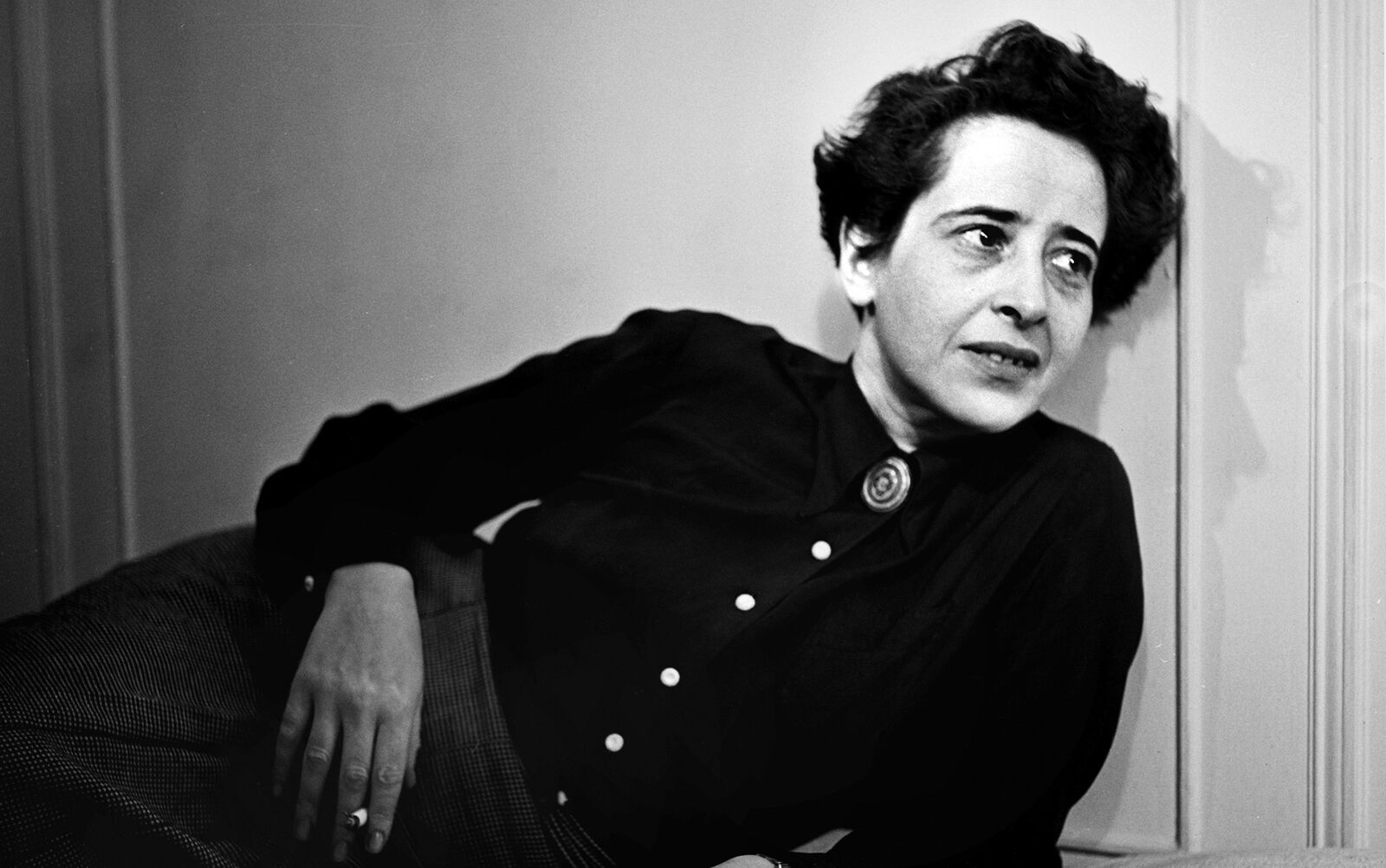
“I don’t know who I am,” a fan wrote to Nick Cave, of Bad Seed fame, via his question-and-answer platform The Red Hand Files. “I feel like I have so much to offer […] but I feel unable to move forward […] I want to make so much music […] I guess I’m asking how I can find my own identity.”
It’s not unusual for creative people to get stuck, to feel lost, to feel fraudulent. They wonder what Herculean strength of mind they may need to muster in order to finally create the thing their soul longs to make. If only they had a clear sense of who they were and what they wanted to say – then it would surely come thundering out like monsoon rain?
Cave, ever thoughtful, and as generous with his careful responses as a soul can be, replied that creativity doesn’t pick favourites. It doesn’t cling to fixed attitudes and established minds – it will do as it does regardless of the vessel it comes through. All it asks is that you don’t get in the way while it’s coming out.
“Art is a divine and mysterious force that runs through all of us. It is a thing of supreme spiritual potential that only comes into its true and full being if we abandon all those cherished ideas about who we think we are or are not. Art is entirely indifferent to our self-annihilating excuses, special case pleas and circumstantial grievances.”
Turn up as a good and humble servant to your creative practice, and the fruit will ripen quite of its own accord.
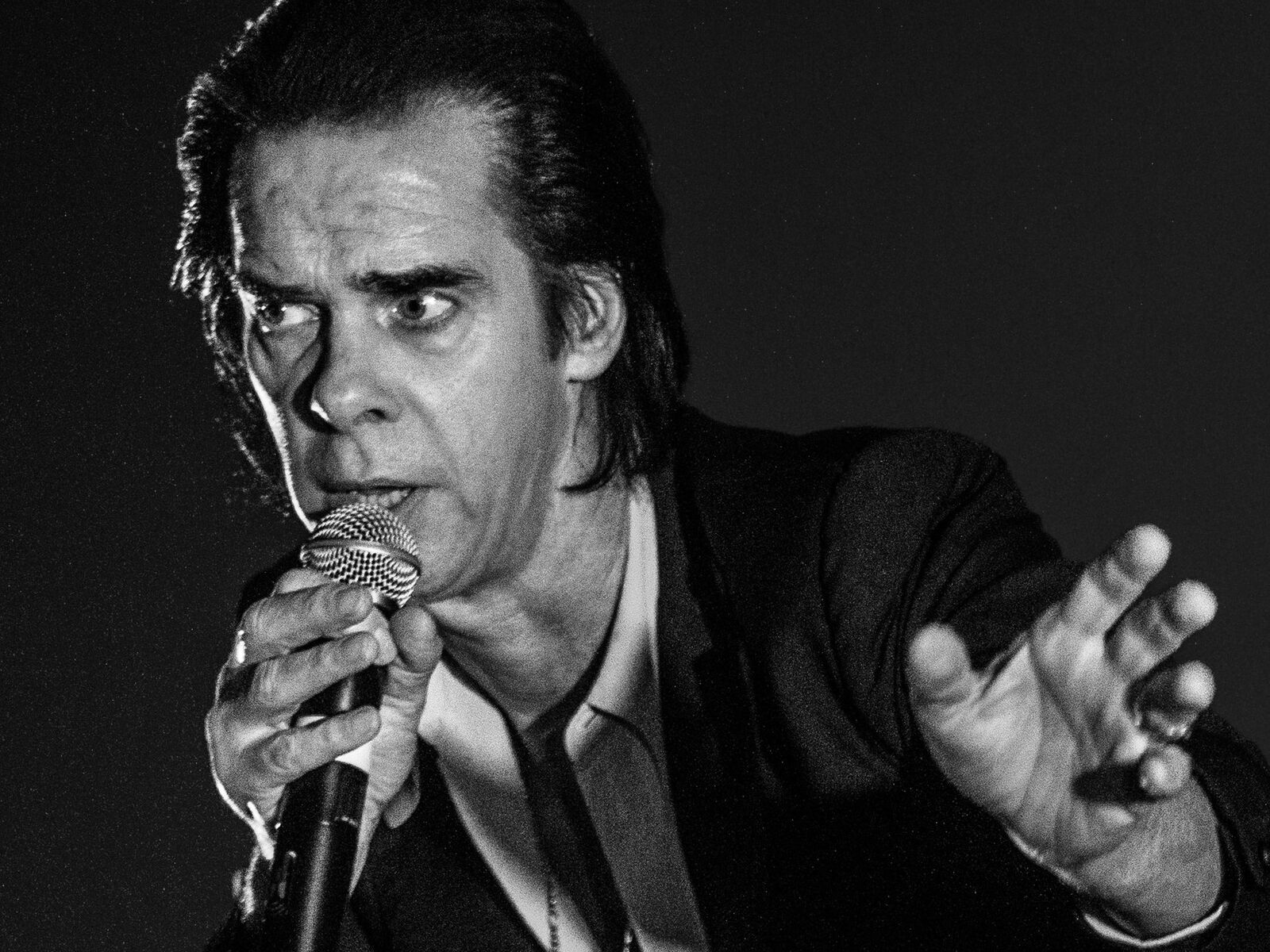
As some of you know, we have written music together for a while now. For much of that time, we have had a focus on creating products to share and sell. Whether CDs or digital files, there was a feeling of physicality – a symbol of all the many building blocks we had neatly cut and lined up to get to that point. Much to hold on to.
Back in the mud house, we were surrounded by music and musicians, all offering transient experiences through their words or voices. No phones, no recordings, no marketing plans. The improvisations were ephemeral, as if coming from somewhere else, just passing through. Nothing to own, nothing to grab, just simple moments to enjoy. There’s space to loosen up, relax identities. It feels good.
“By funneling our immense complexity into a reductive profile, we become tricked into thinking that we know ourselves, while missing most of what there is to know.”
— Yongey Mingyur Rinpoche (a master Buddhist monk who lives in the monastery overlooked by our mud house)
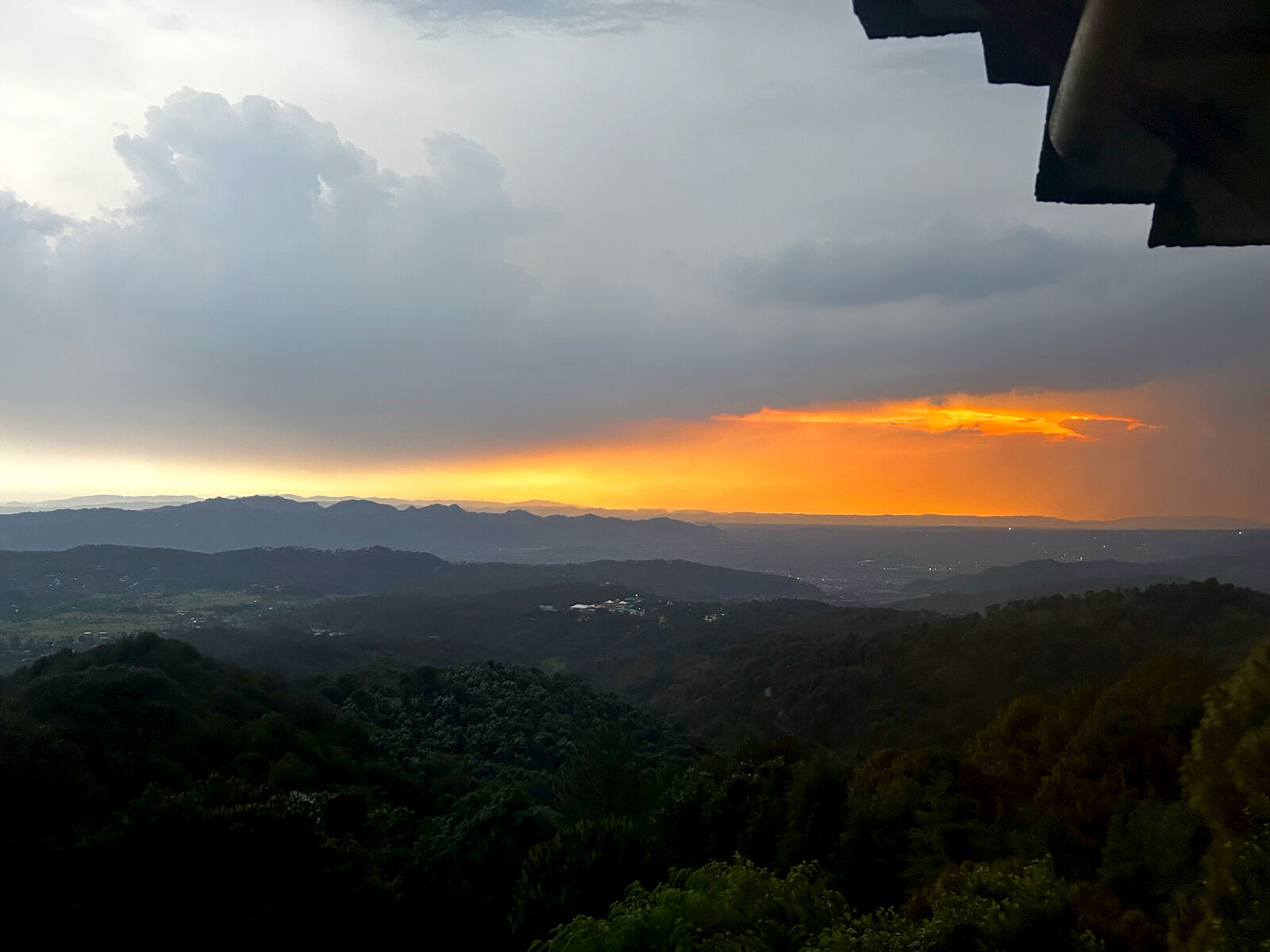
Until next month…
May you be well, happy, whole, and free.
T & B
~~~~~~
Invite your friends to subscribe!
![]() Being with dark and light
Being with dark and light![]() Don't leave!
Don't leave!![]() Unlikely meeting points & unlikely collaborations 🌗
Unlikely meeting points & unlikely collaborations 🌗![]() Sit in the middle of things 🧘♀️🪻
Sit in the middle of things 🧘♀️🪻![]() 5 things I learned at a Buddhist monastery
5 things I learned at a Buddhist monastery![]() 6 good things to do
6 good things to do![]() Extraordinary ordinariness: space orbits and sleeping dogs
Extraordinary ordinariness: space orbits and sleeping dogs![]() The ebb and flow of things
The ebb and flow of things![]() A short breath in the bardo
A short breath in the bardo![]() A slender cord of grace
A slender cord of grace![]() Artists reflect on water
Artists reflect on water![]() A love letter to a loaded gun
A love letter to a loaded gun![]() Are you for real?
Are you for real?![]() What is a good life?
What is a good life?![]() Who decides what you think?
Who decides what you think?![]() When new year should be according to history...
When new year should be according to history...![]() Does Mozart really make you smarter?
Does Mozart really make you smarter?![]() Old stories to find light in dark times
Old stories to find light in dark times![]() The human need to put things together
The human need to put things together![]() The power of trends: the good, the bad and the pumpkin-spiced.
The power of trends: the good, the bad and the pumpkin-spiced.![]() From terrestrial to celestial – where do we find inspiration?
From terrestrial to celestial – where do we find inspiration?![]() The illusion of ownership
The illusion of ownership![]() Let’s go down the rabbit hole 🐇
Let’s go down the rabbit hole 🐇![]() Identity, the artist, and #goblinmode
Identity, the artist, and #goblinmode![]() Punk and her godmothers
Punk and her godmothers![]() The ultimate journey – homecoming, heroes and wholeness.
The ultimate journey – homecoming, heroes and wholeness.![]() It’s mushroom month...
It’s mushroom month...![]() Robots, AI and artistry, oh my!
Robots, AI and artistry, oh my!![]() Longevity, love and memory...
Longevity, love and memory...![]() Summer, Freud and a sonnet...
Summer, Freud and a sonnet...![]() When surreal makes sense – exploring with Dorothea Tanning, Olga Tokaczuk and more...
When surreal makes sense – exploring with Dorothea Tanning, Olga Tokaczuk and more...![]() Twists and turns with Mary Oliver, Alan Watts and Astrid Lindgren...
Twists and turns with Mary Oliver, Alan Watts and Astrid Lindgren...![]() First flowers of spring: the need for beauty and hope at all times
First flowers of spring: the need for beauty and hope at all times![]() Defining reality, playing with illusion with Robert Frost, Hilma Af Kilnt and more...
Defining reality, playing with illusion with Robert Frost, Hilma Af Kilnt and more...![]() Celebrating the cycles of light and dark with Joan Didion, Danez Smith and more...
Celebrating the cycles of light and dark with Joan Didion, Danez Smith and more...
 12 good things from 2025 🕯️
12 good things from 2025 🕯️ Being with dark and light
Being with dark and light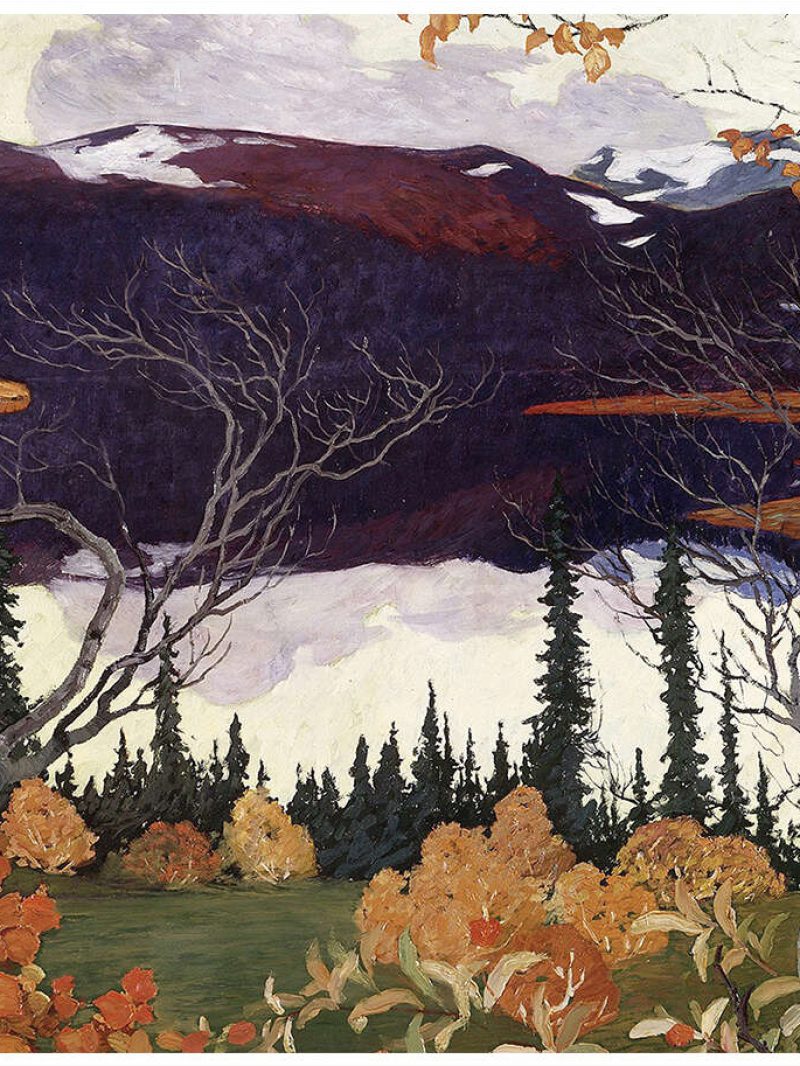 Don't leave!
Don't leave!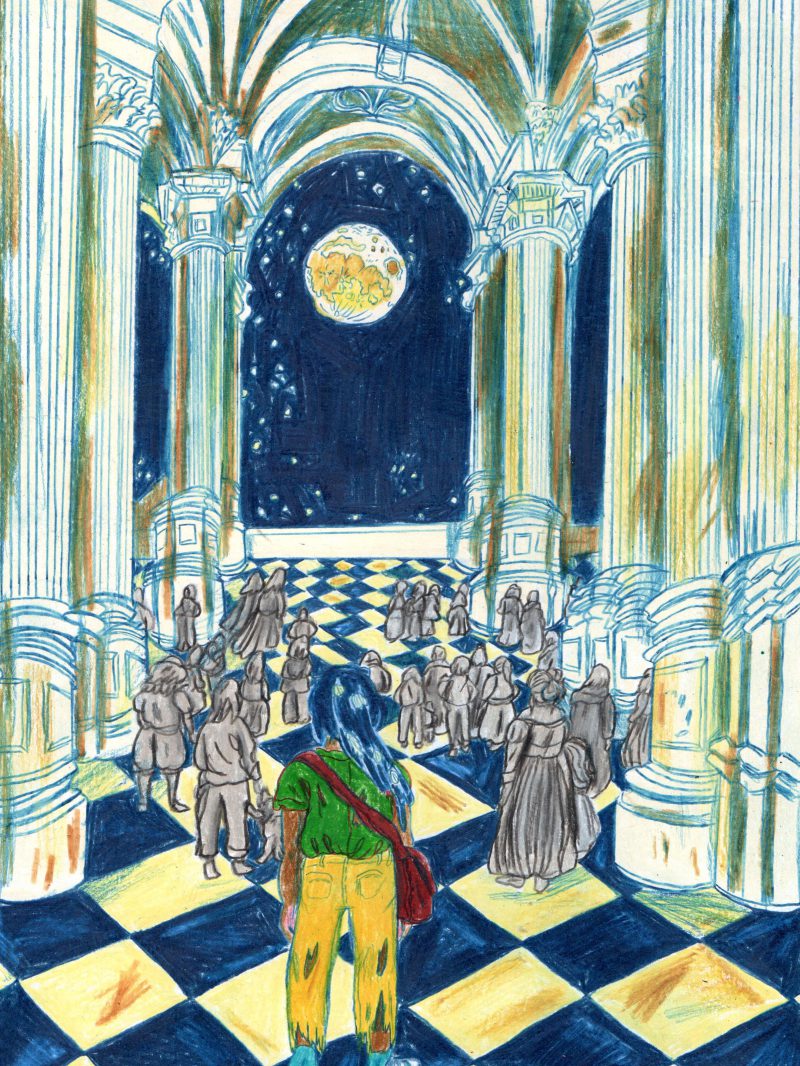 Unlikely meeting points & unlikely collaborations 🌗
Unlikely meeting points & unlikely collaborations 🌗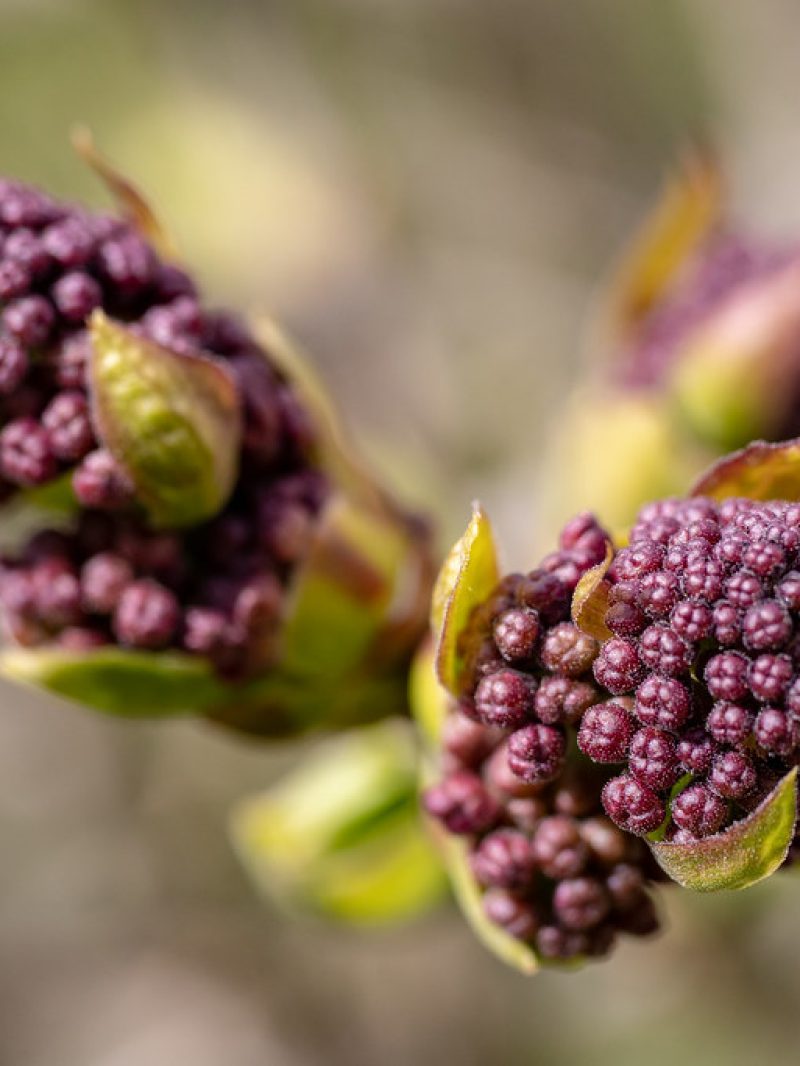 Sit in the middle of things 🧘♀️🪻
Sit in the middle of things 🧘♀️🪻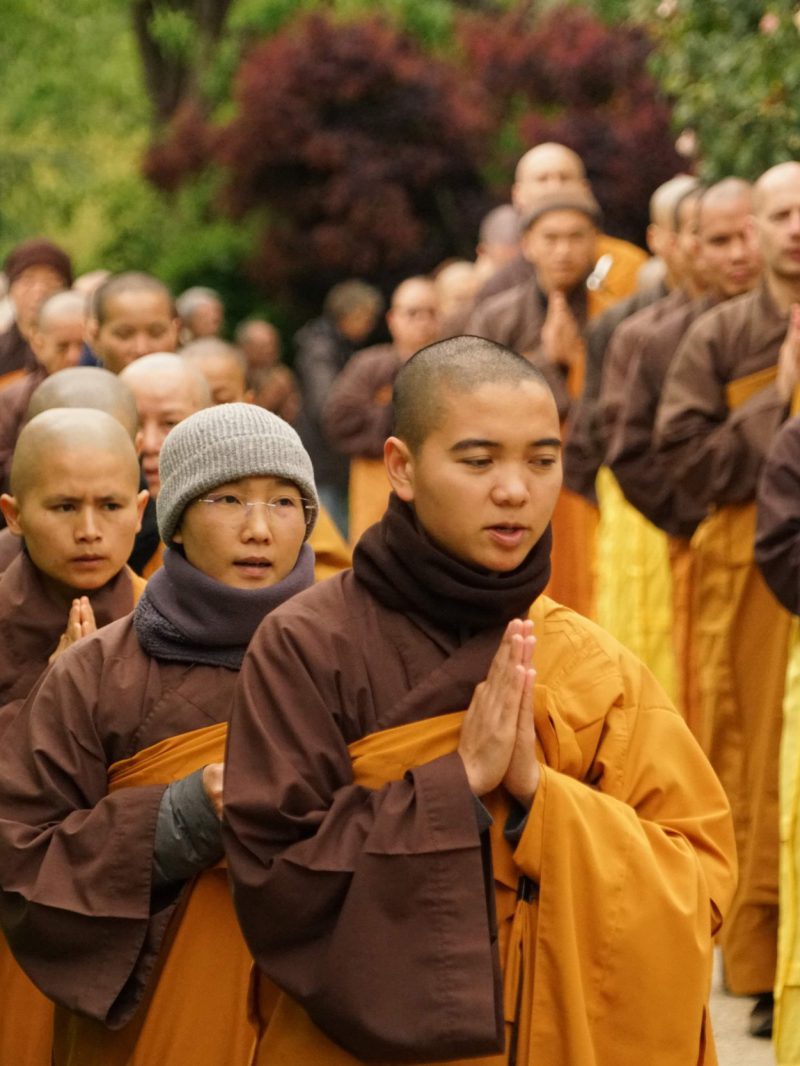 5 things I learned at a Buddhist monastery
5 things I learned at a Buddhist monastery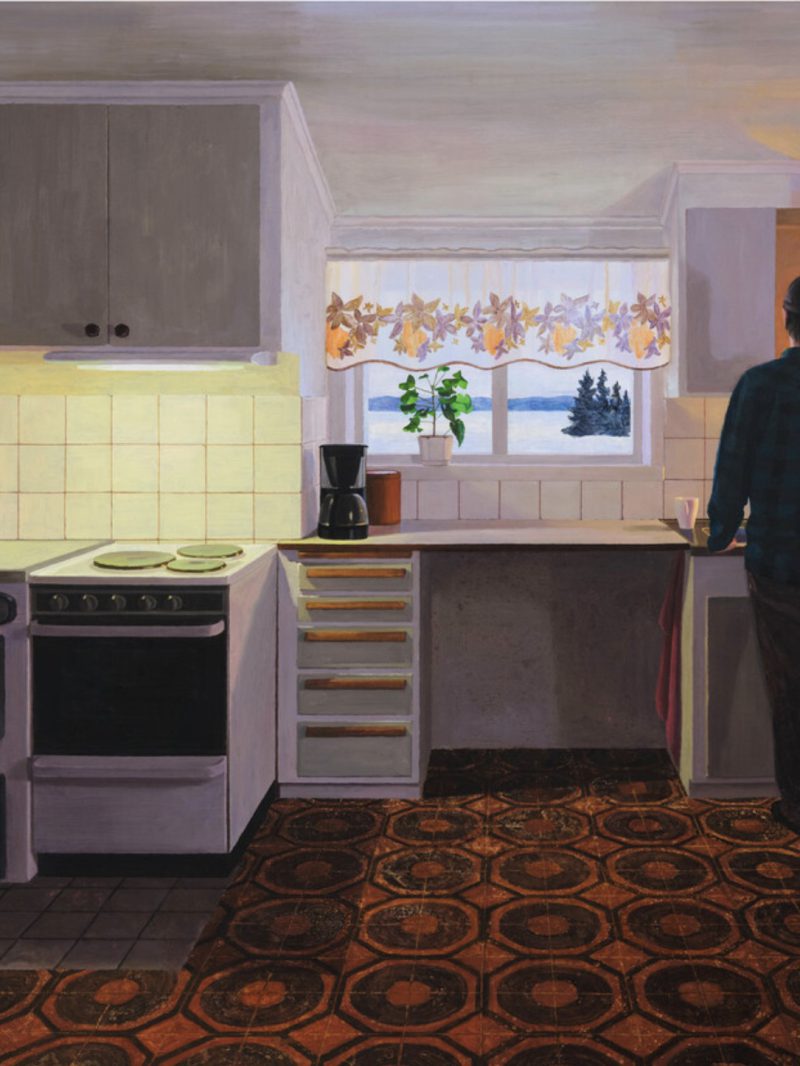 6 good things to do
6 good things to do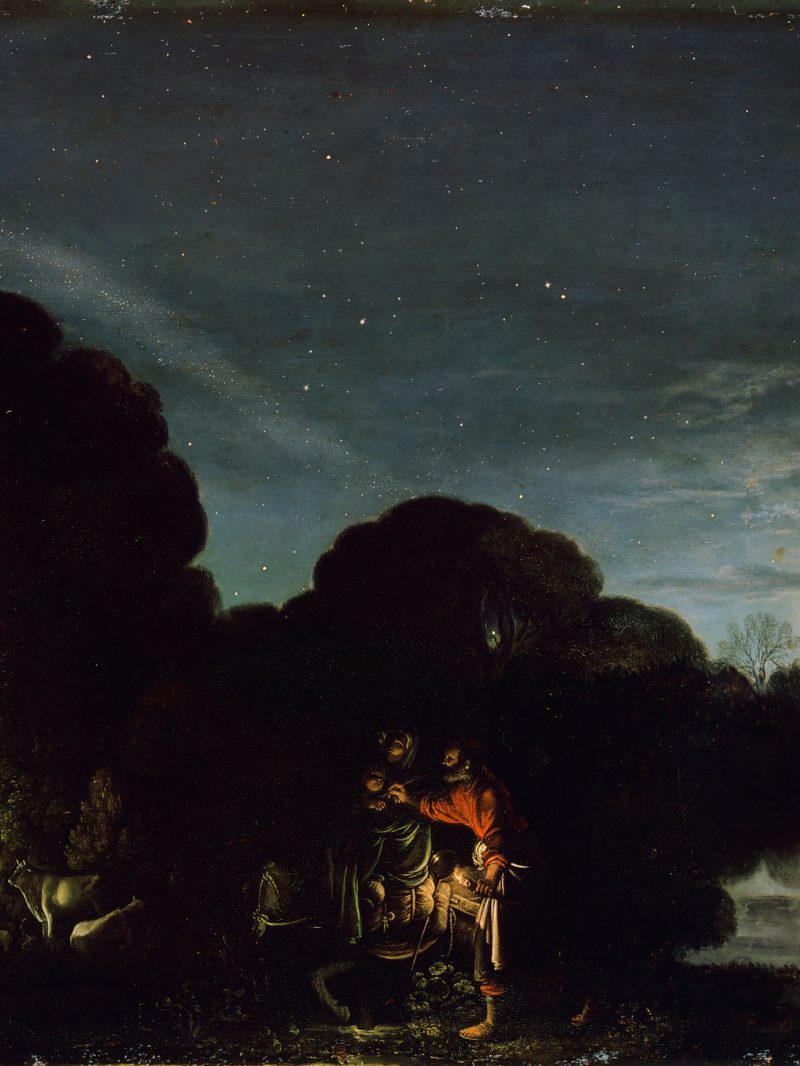 Extraordinary ordinariness: space orbits and sleeping dogs
Extraordinary ordinariness: space orbits and sleeping dogs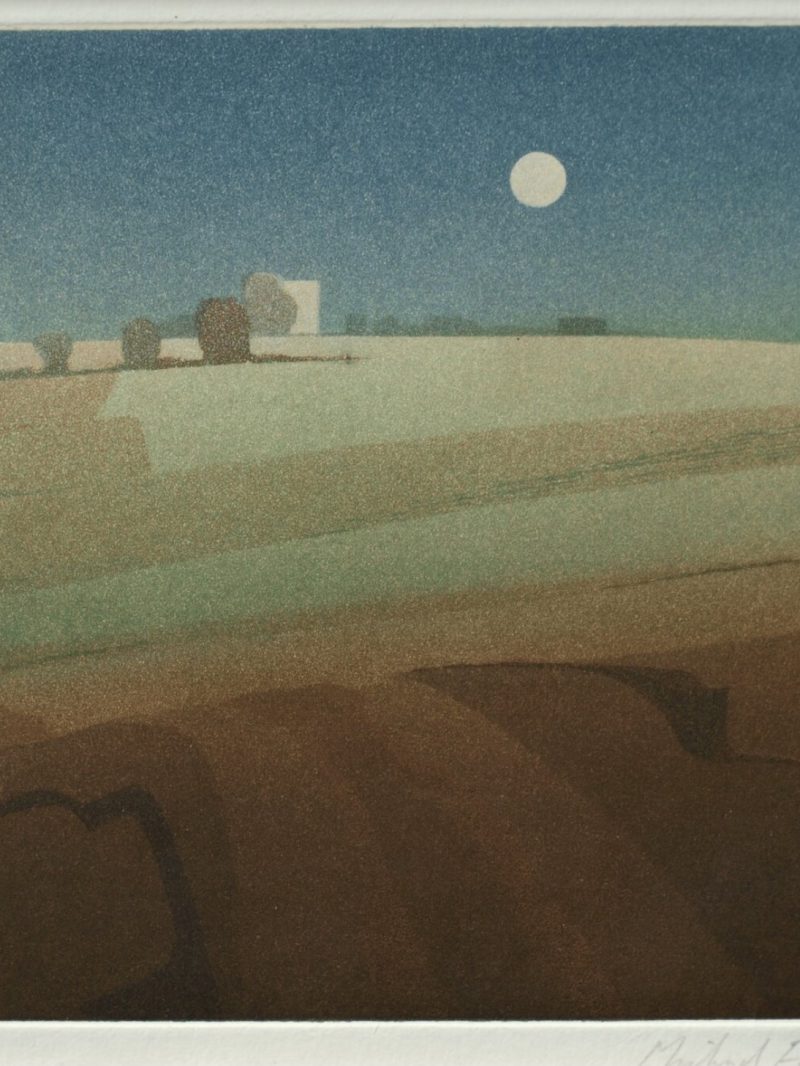 The ebb and flow of things
The ebb and flow of things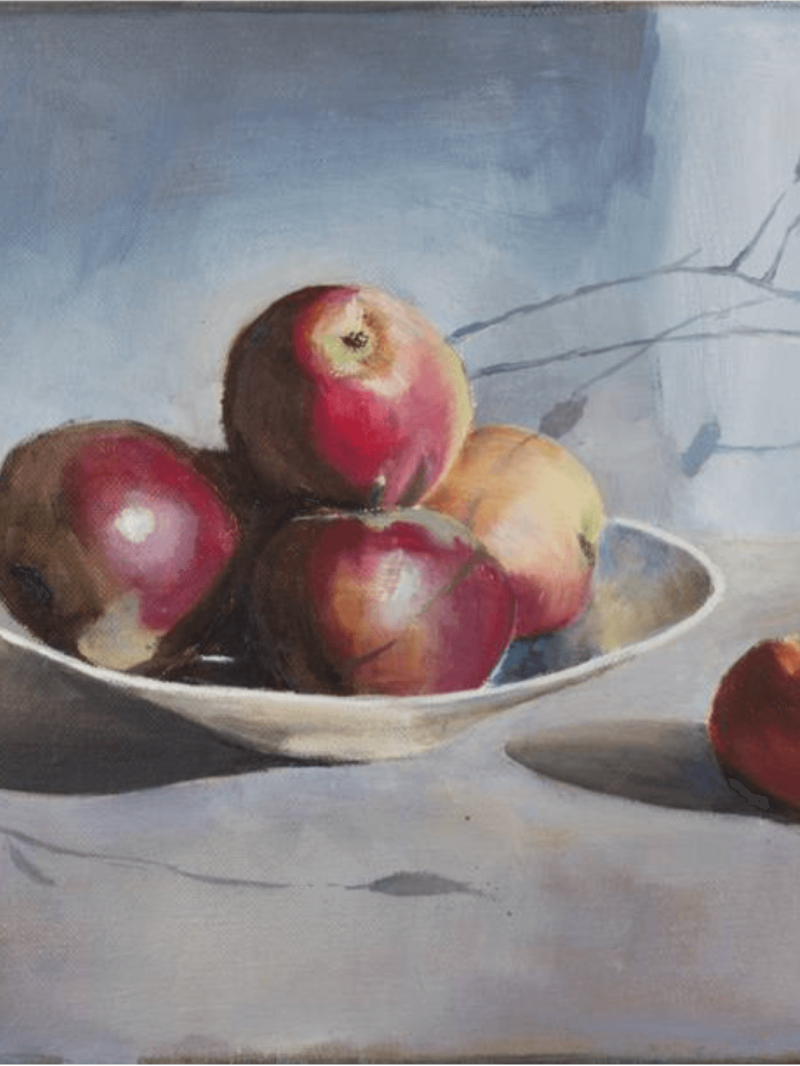 A short breath in the bardo
A short breath in the bardo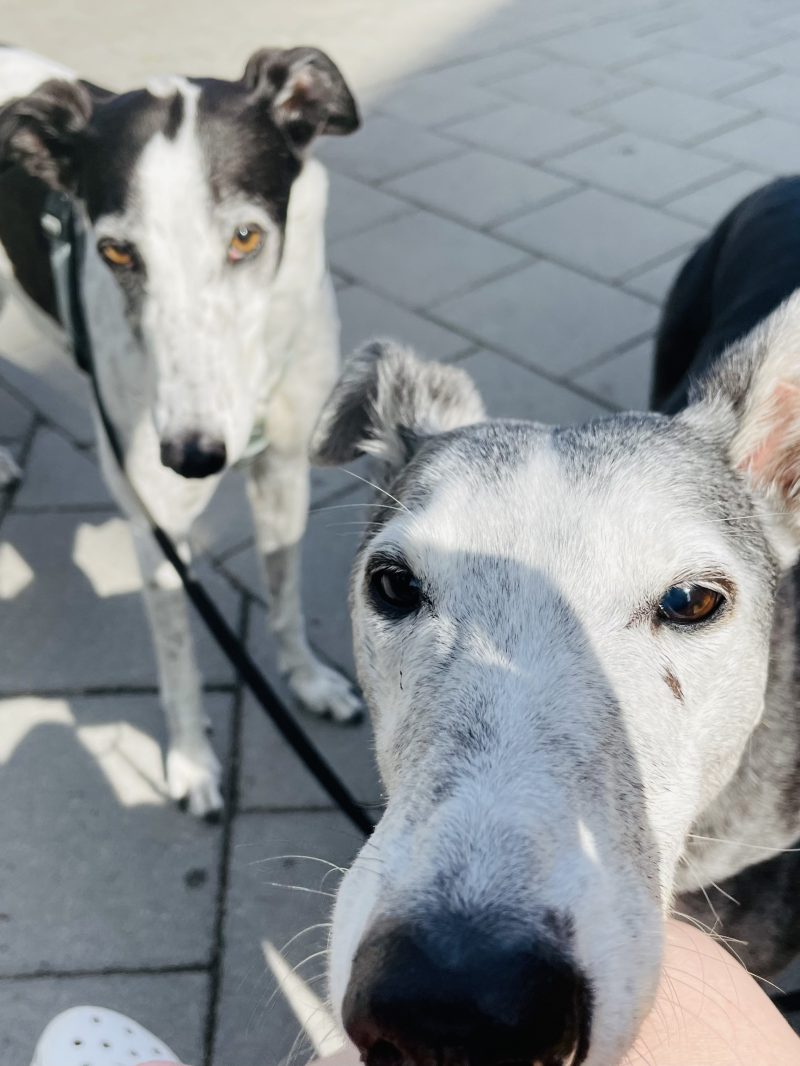 A slender cord of grace
A slender cord of grace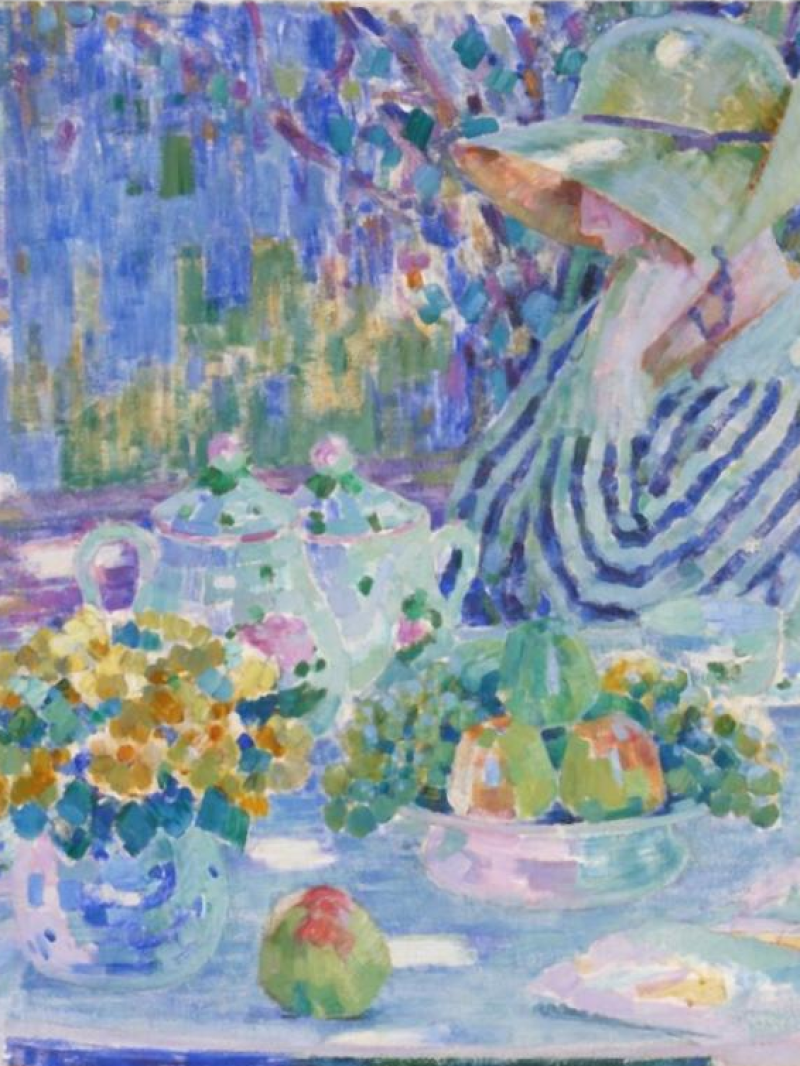 Artists reflect on water
Artists reflect on water A love letter to a loaded gun
A love letter to a loaded gun Are you for real?
Are you for real?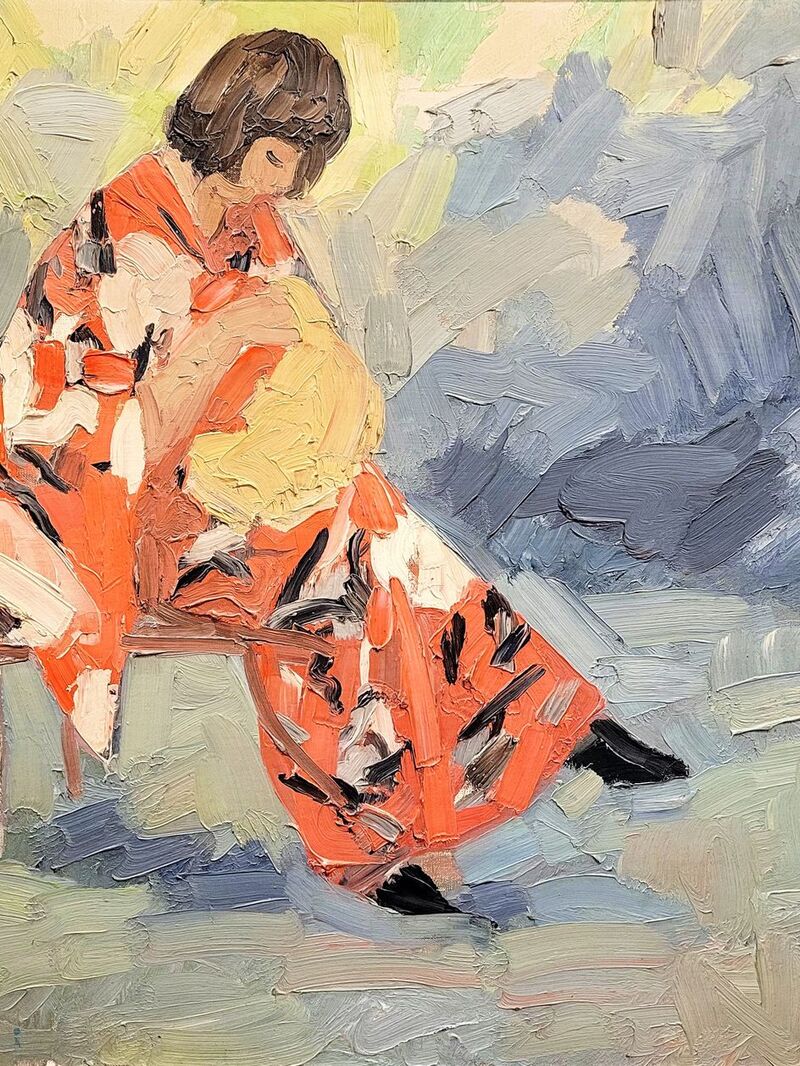 What is a good life?
What is a good life?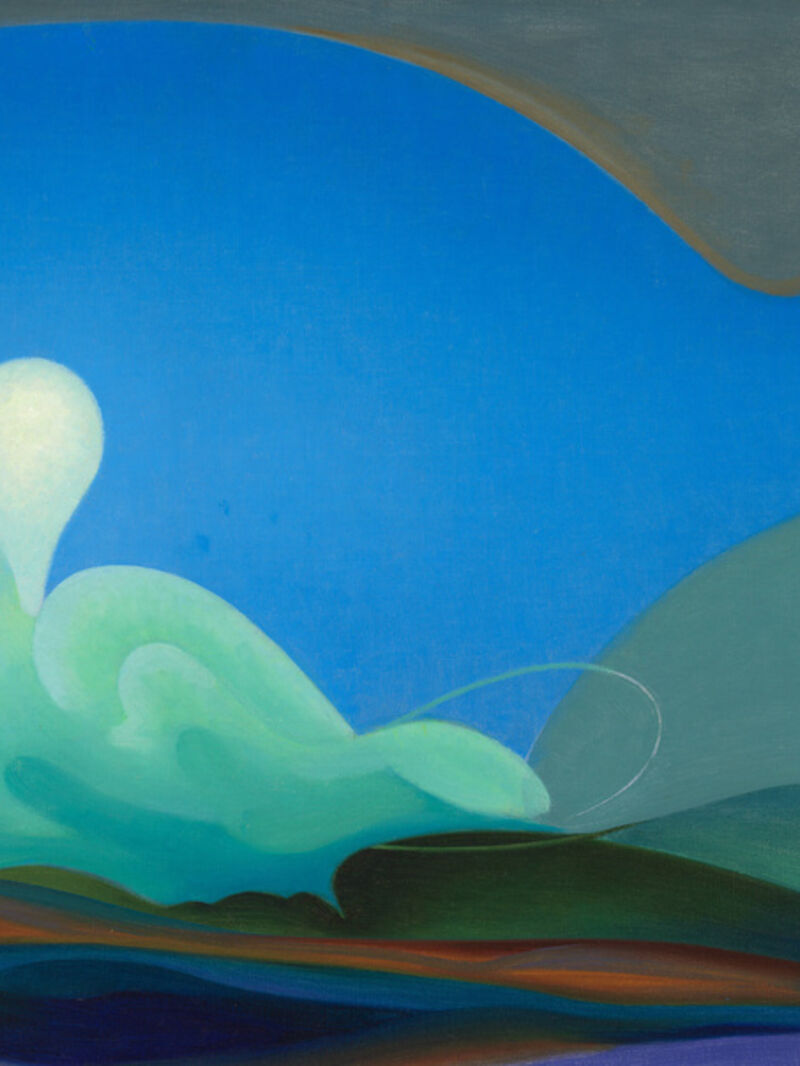 Who decides what you think?
Who decides what you think?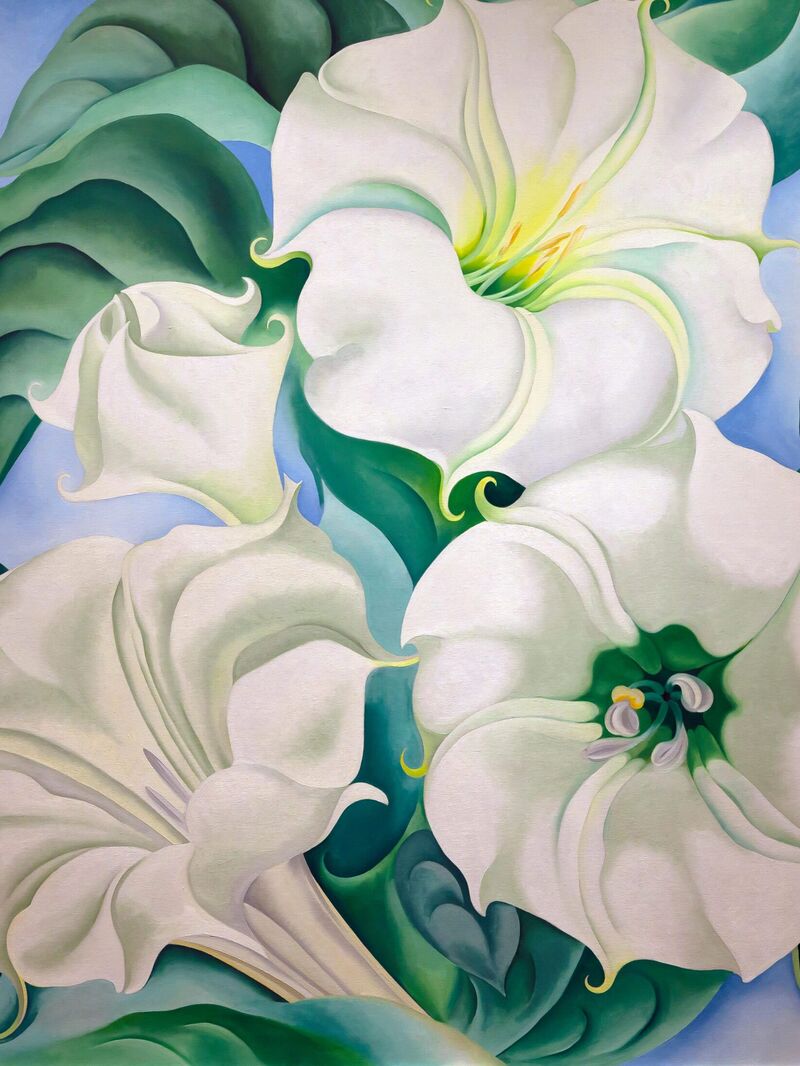 When new year should be according to history...
When new year should be according to history...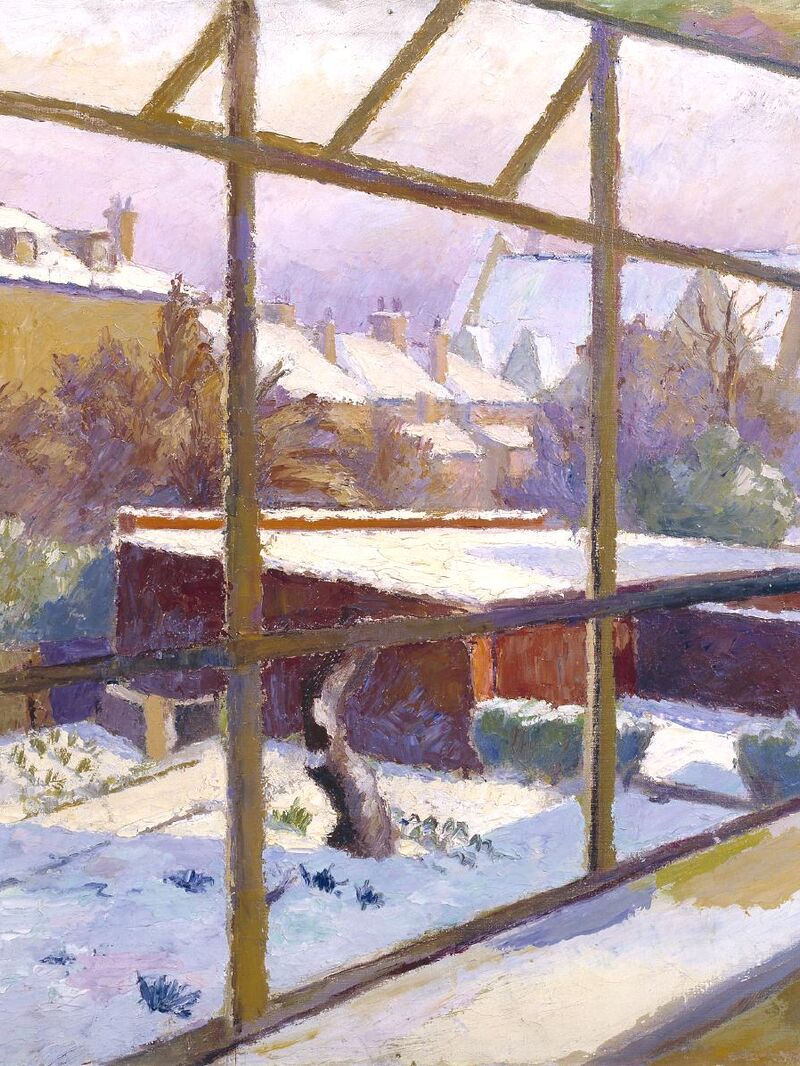 Does Mozart really make you smarter?
Does Mozart really make you smarter?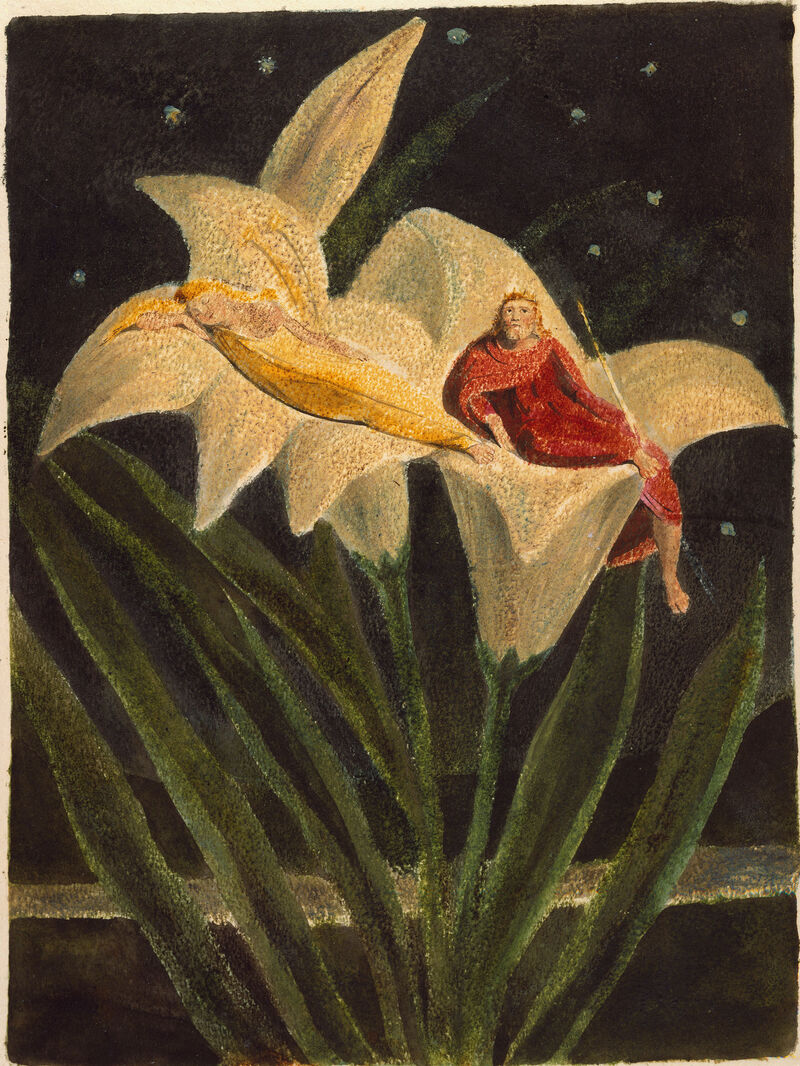 Old stories to find light in dark times
Old stories to find light in dark times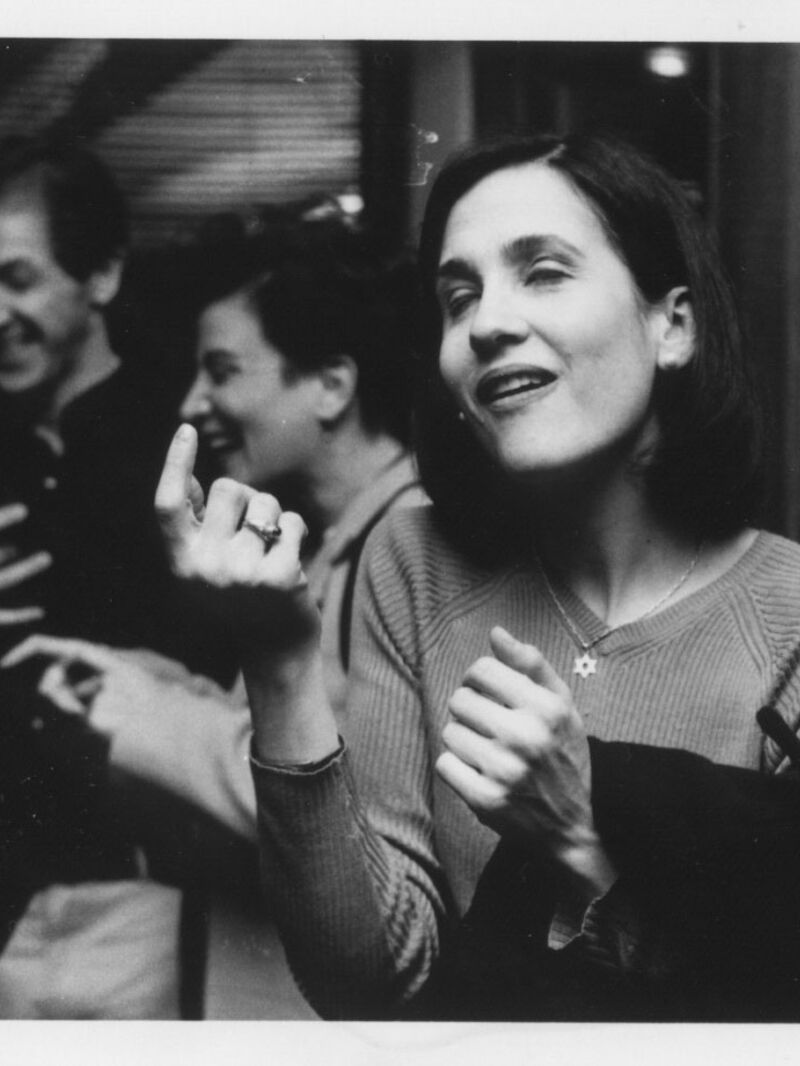 The human need to put things together
The human need to put things together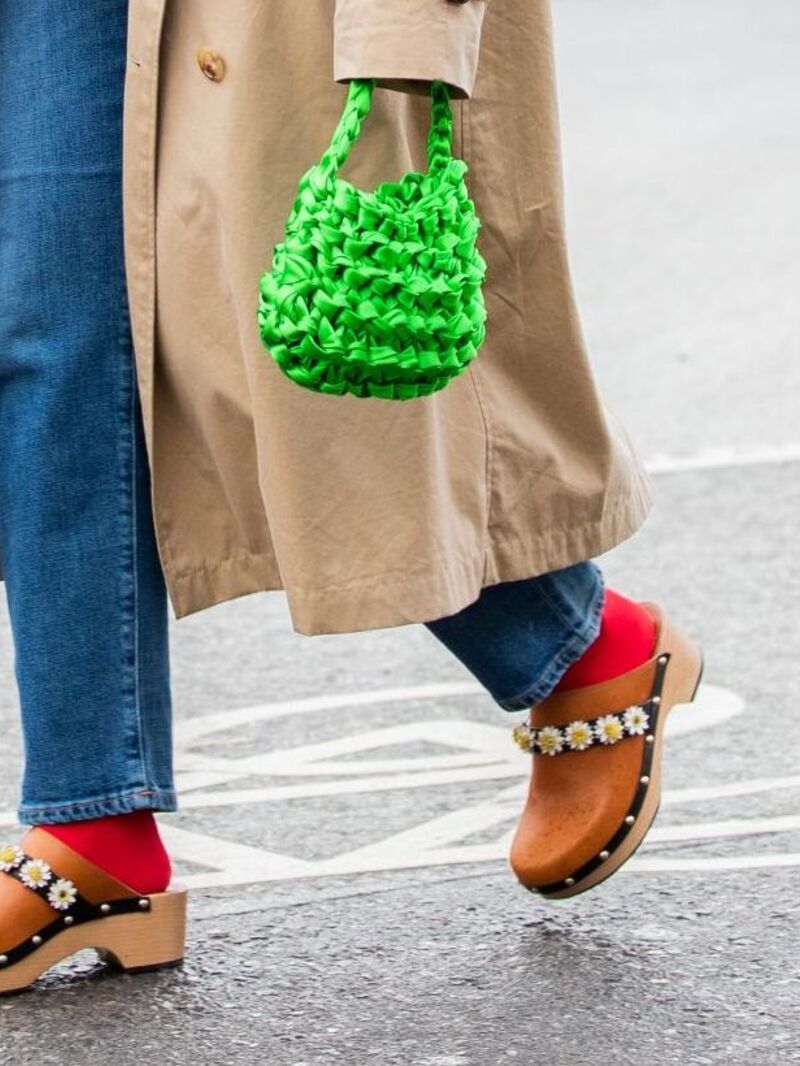 The power of trends: the good, the bad and the pumpkin-spiced.
The power of trends: the good, the bad and the pumpkin-spiced. From terrestrial to celestial – where do we find inspiration?
From terrestrial to celestial – where do we find inspiration?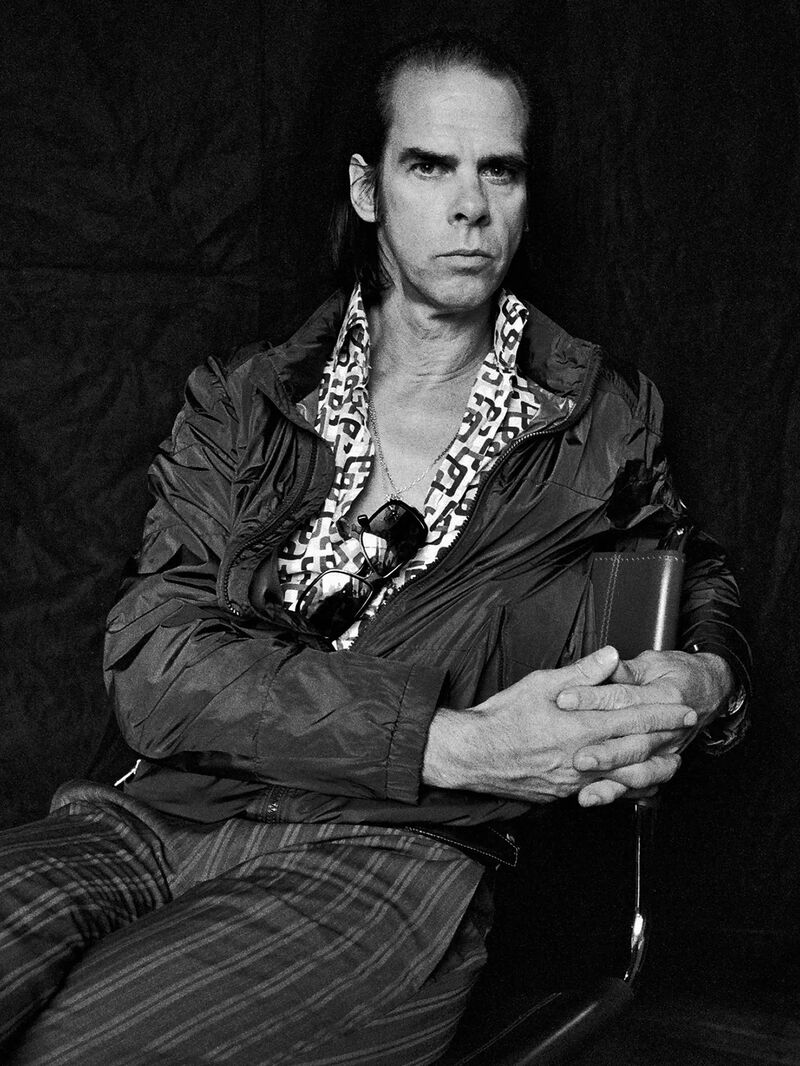 The illusion of ownership
The illusion of ownership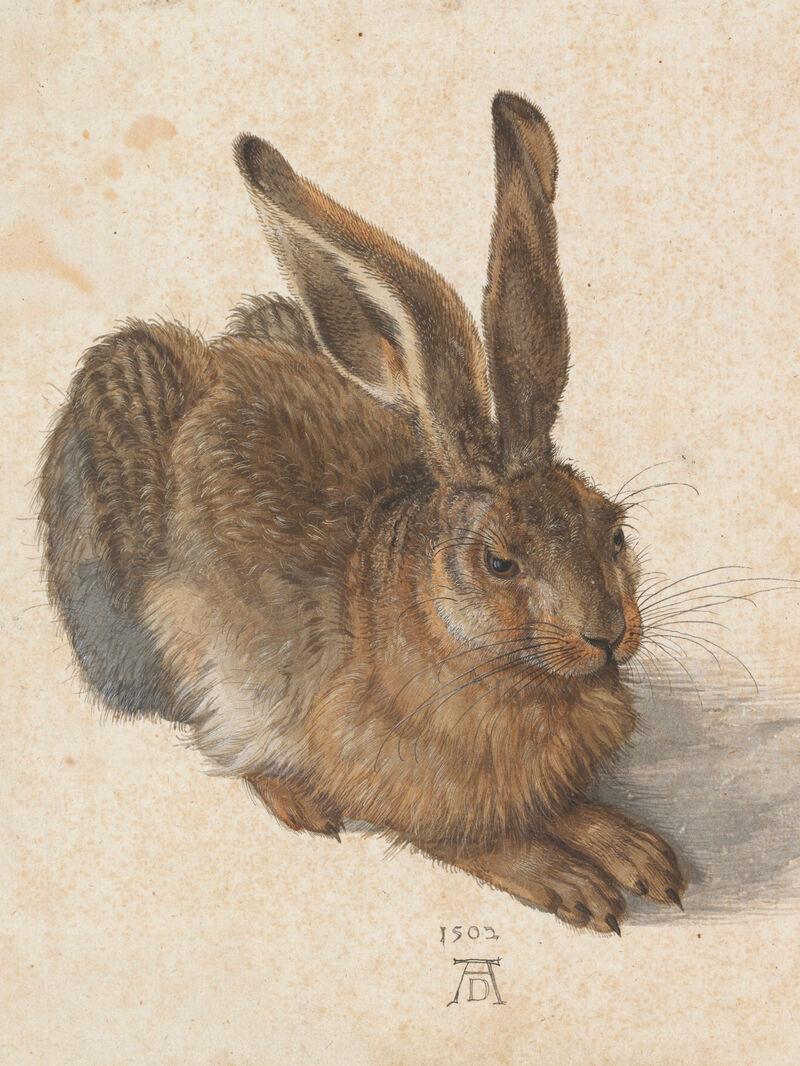 Let’s go down the rabbit hole 🐇
Let’s go down the rabbit hole 🐇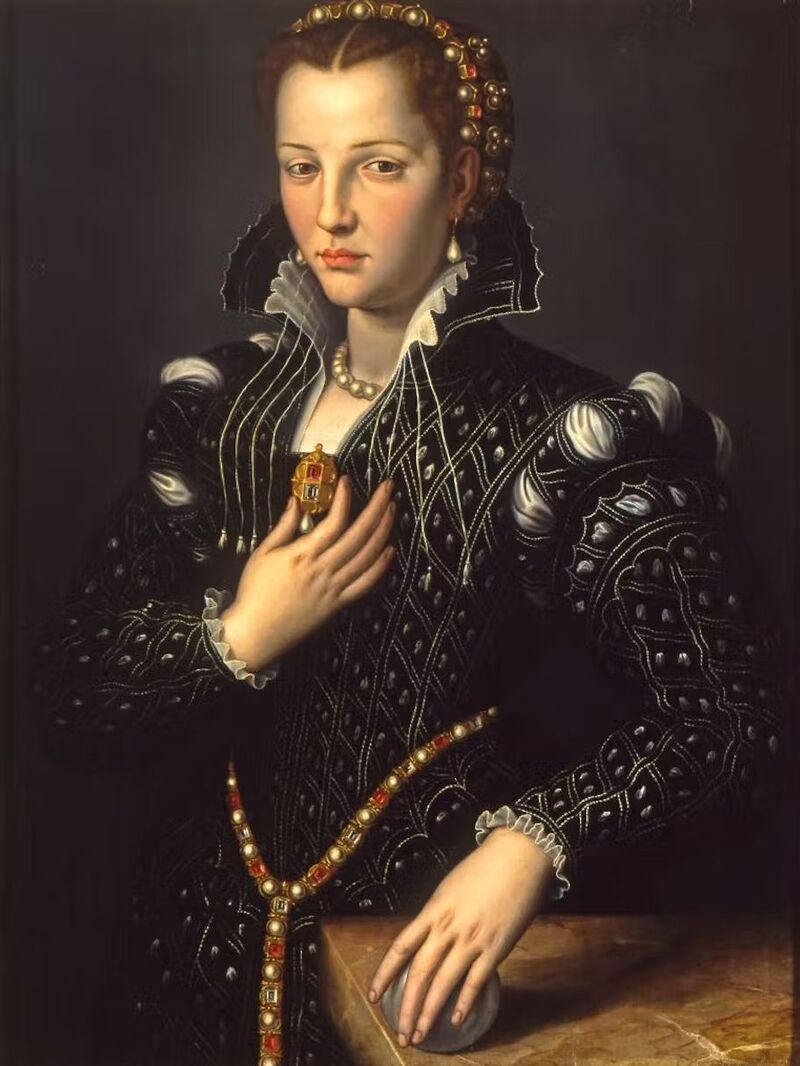 Identity, the artist, and #goblinmode
Identity, the artist, and #goblinmode Punk and her godmothers
Punk and her godmothers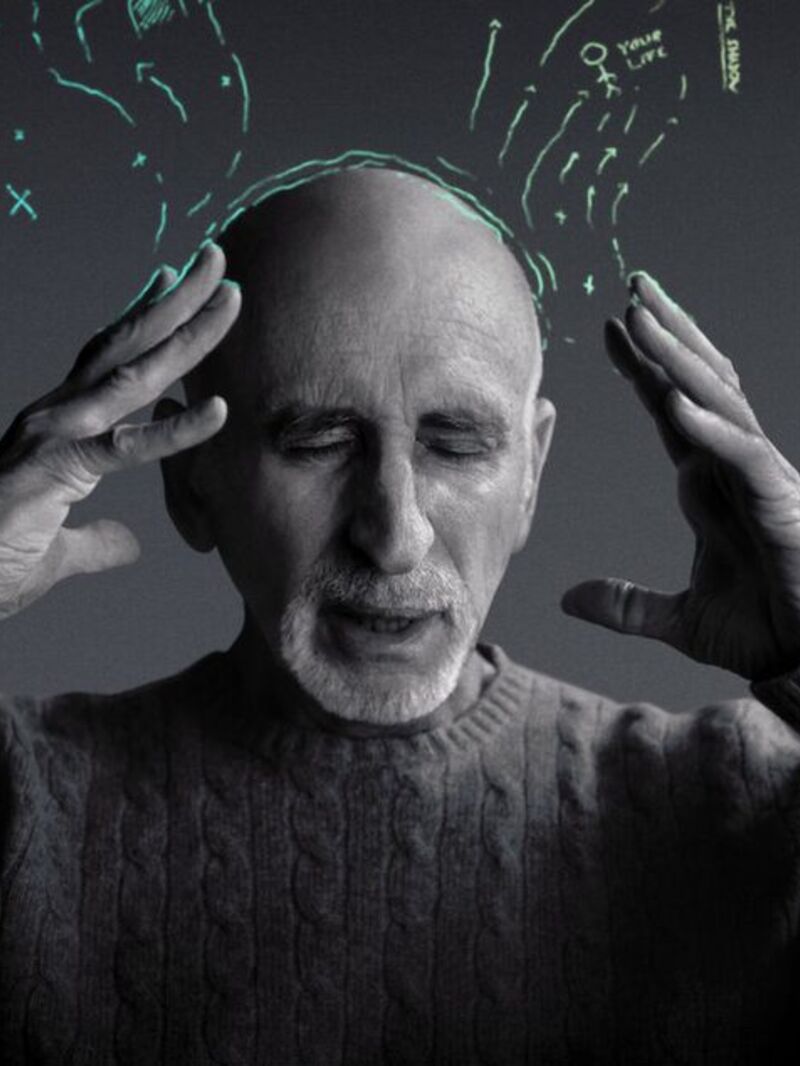 The ultimate journey – homecoming, heroes and wholeness.
The ultimate journey – homecoming, heroes and wholeness.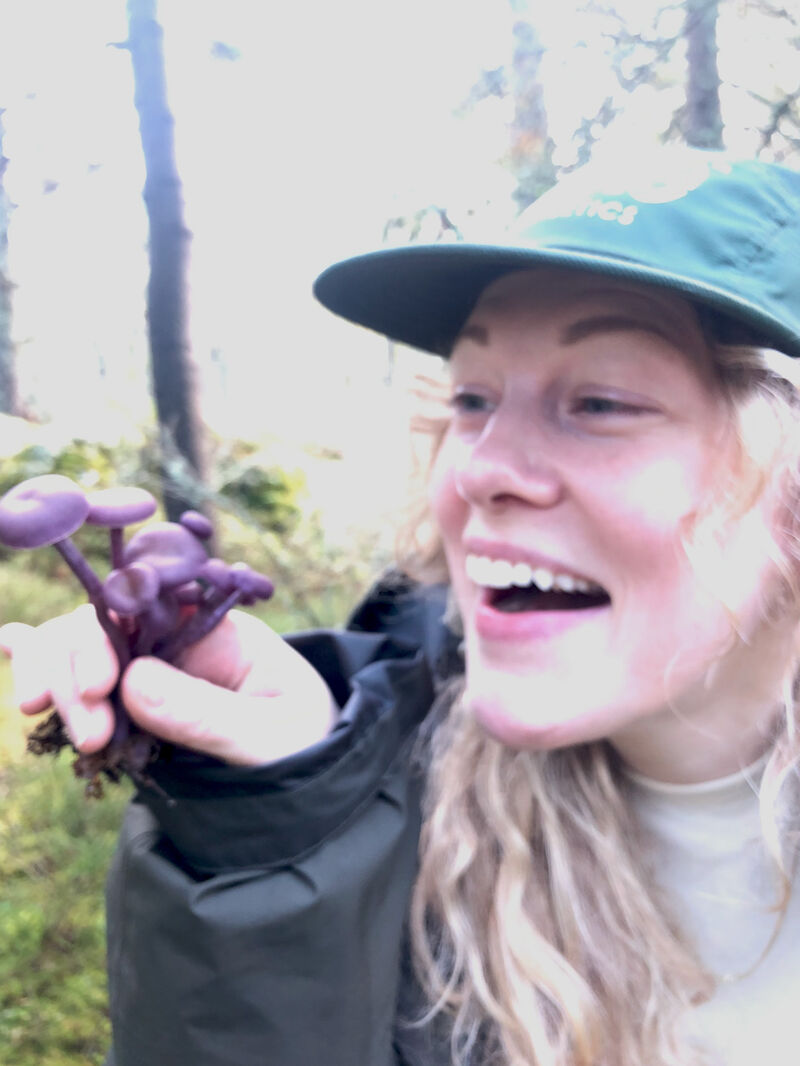 It’s mushroom month...
It’s mushroom month...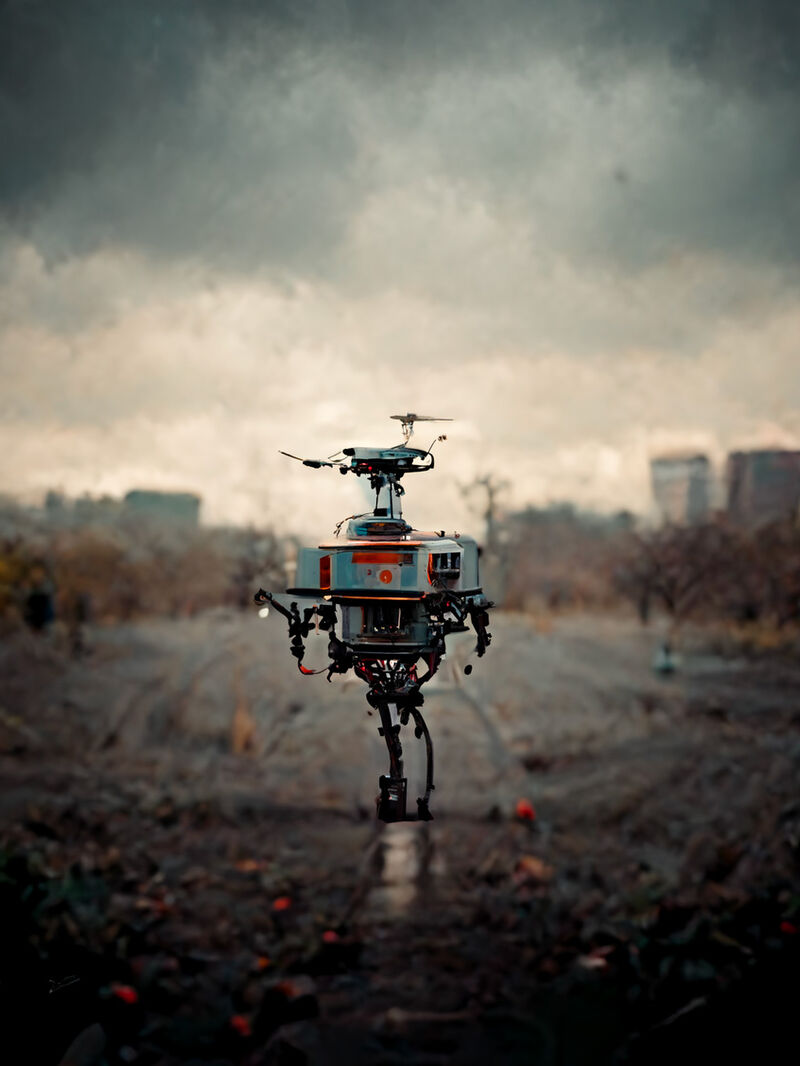 Robots, AI and artistry, oh my!
Robots, AI and artistry, oh my!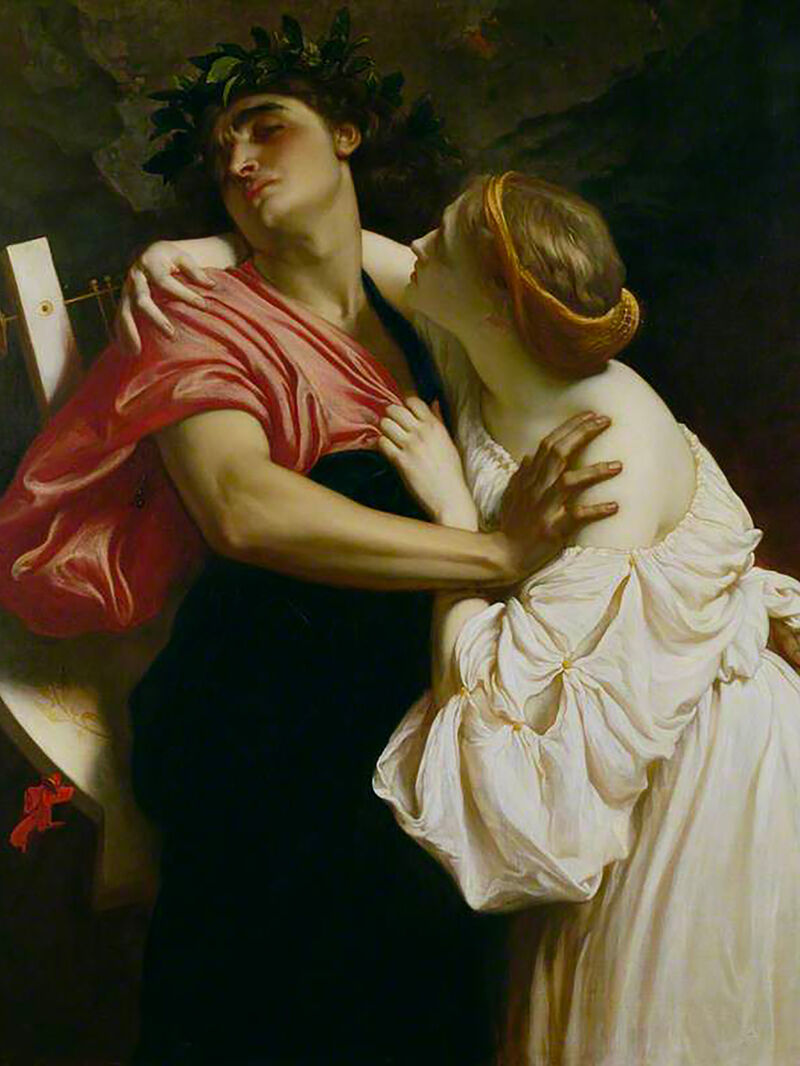 Longevity, love and memory...
Longevity, love and memory...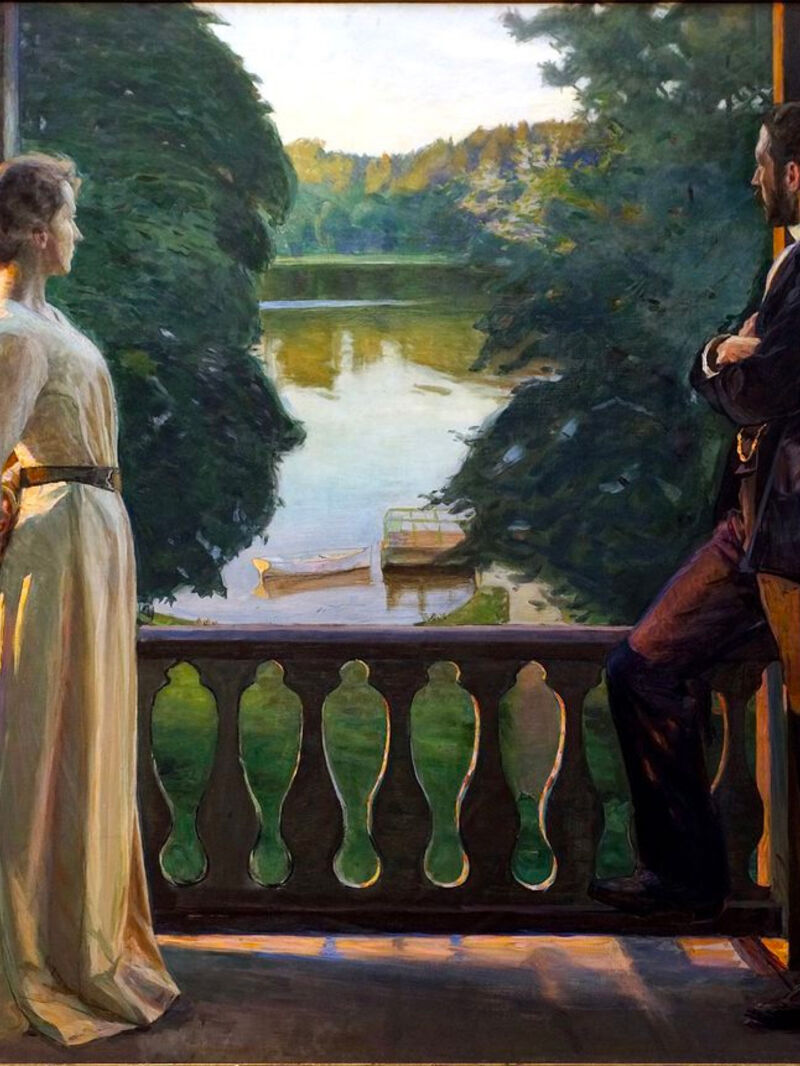 Summer, Freud and a sonnet...
Summer, Freud and a sonnet...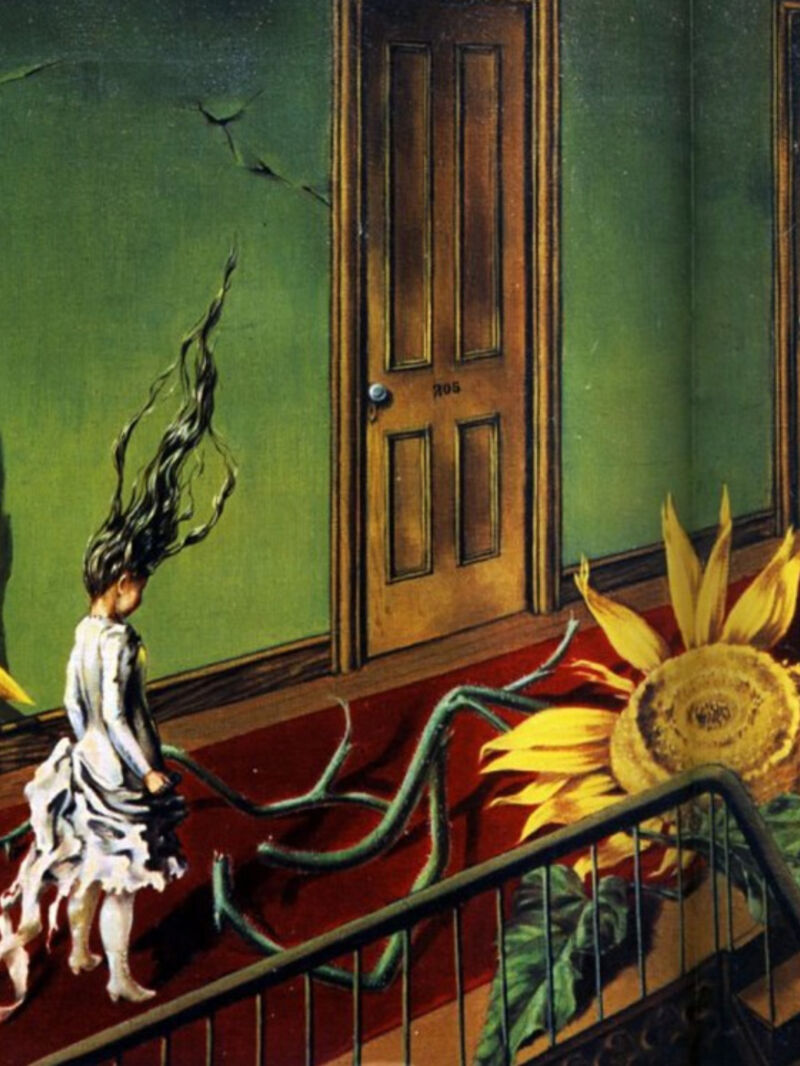 When surreal makes sense – exploring with Dorothea Tanning, Olga Tokaczuk and more...
When surreal makes sense – exploring with Dorothea Tanning, Olga Tokaczuk and more...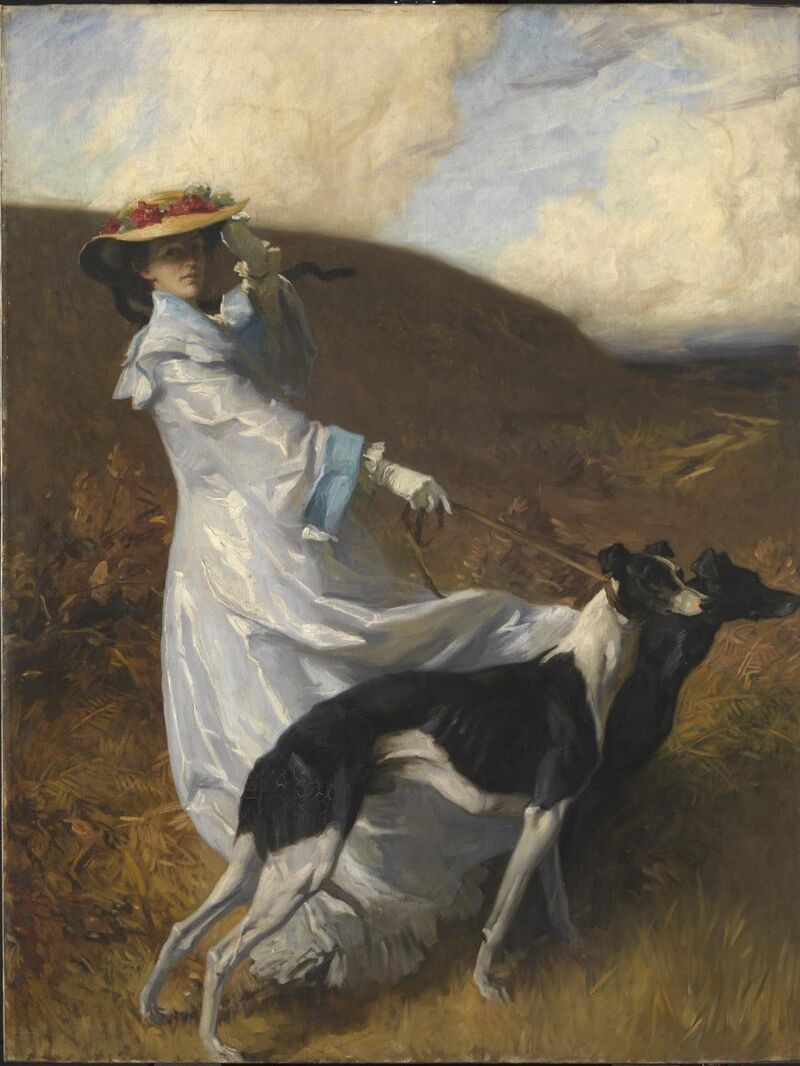 Twists and turns with Mary Oliver, Alan Watts and Astrid Lindgren...
Twists and turns with Mary Oliver, Alan Watts and Astrid Lindgren...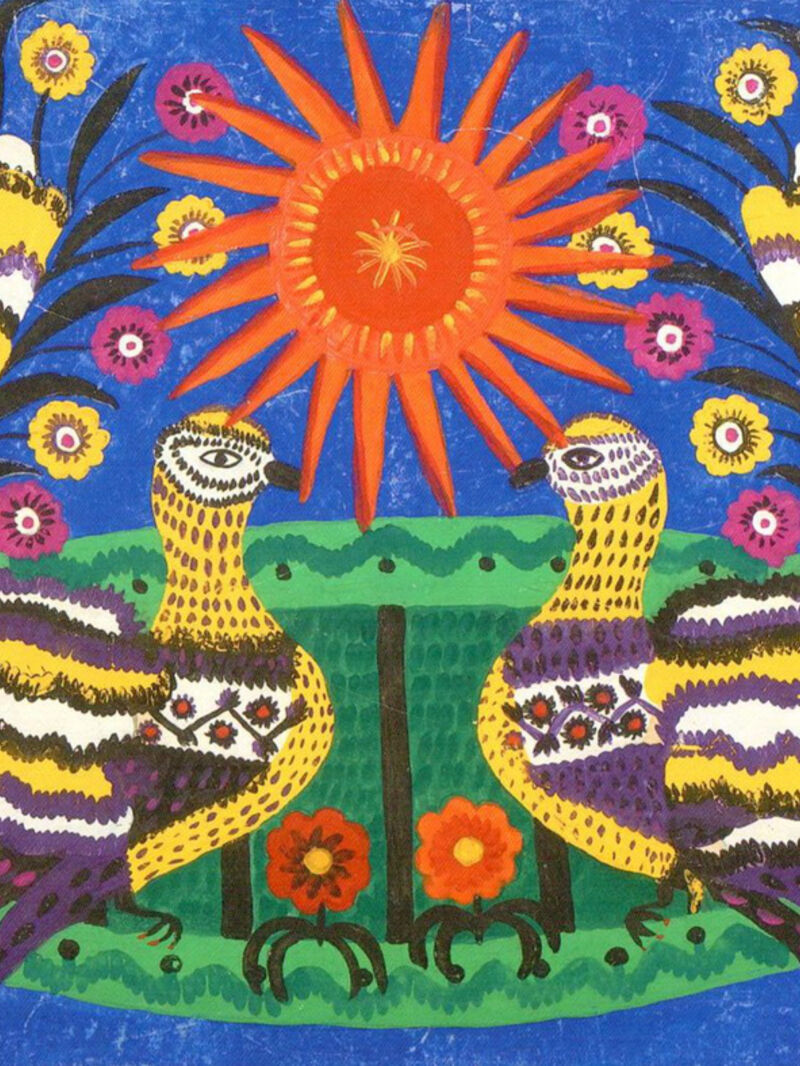 First flowers of spring: the need for beauty and hope at all times
First flowers of spring: the need for beauty and hope at all times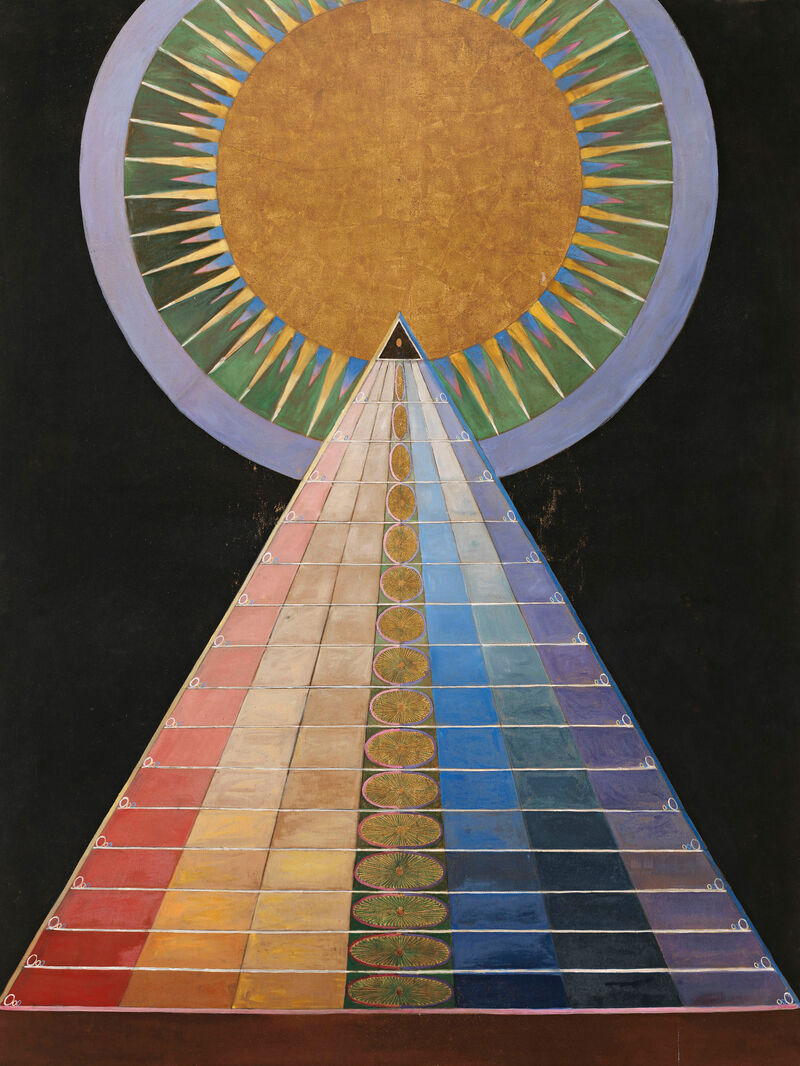 Defining reality, playing with illusion with Robert Frost, Hilma Af Kilnt and more...
Defining reality, playing with illusion with Robert Frost, Hilma Af Kilnt and more...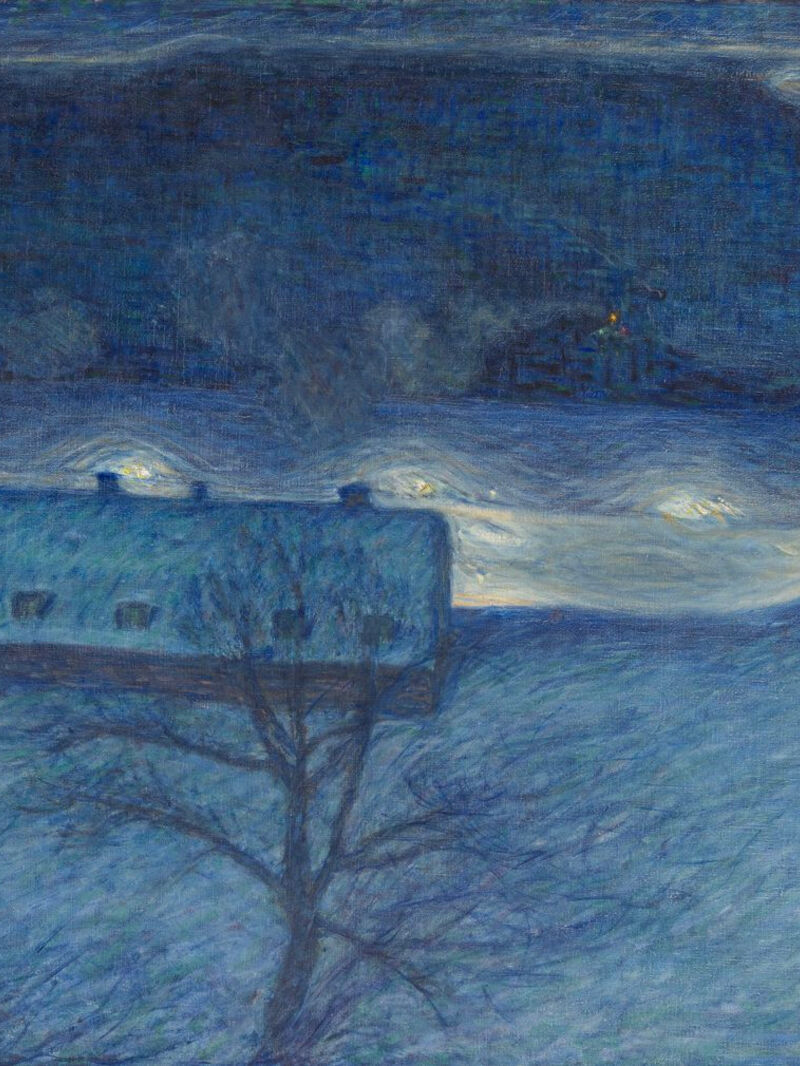 Celebrating the cycles of light and dark with Joan Didion, Danez Smith and more...
Celebrating the cycles of light and dark with Joan Didion, Danez Smith and more...